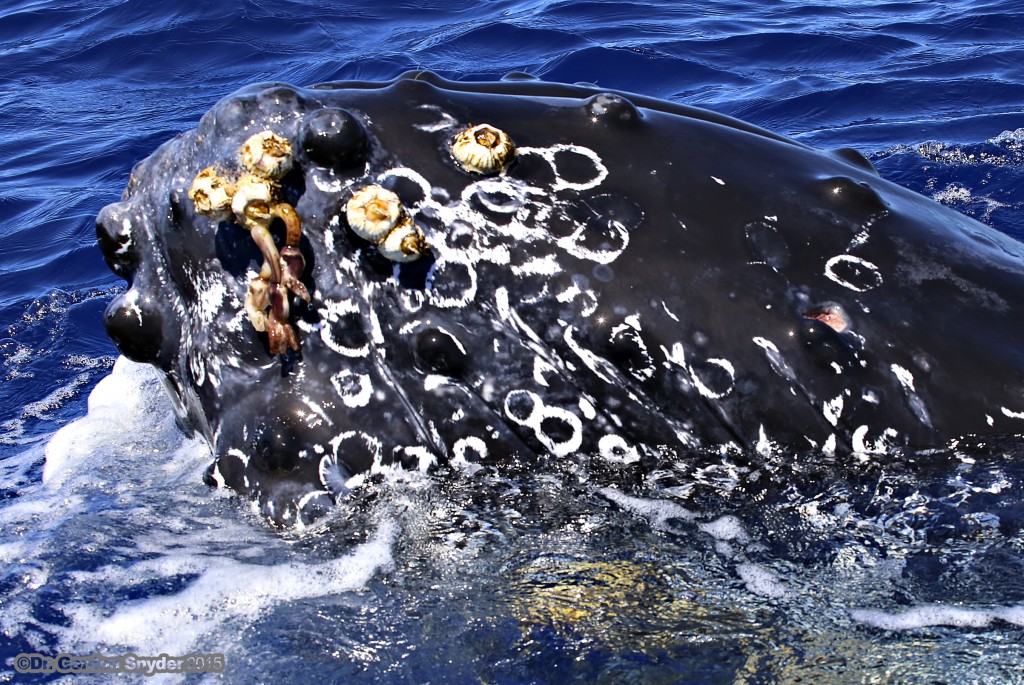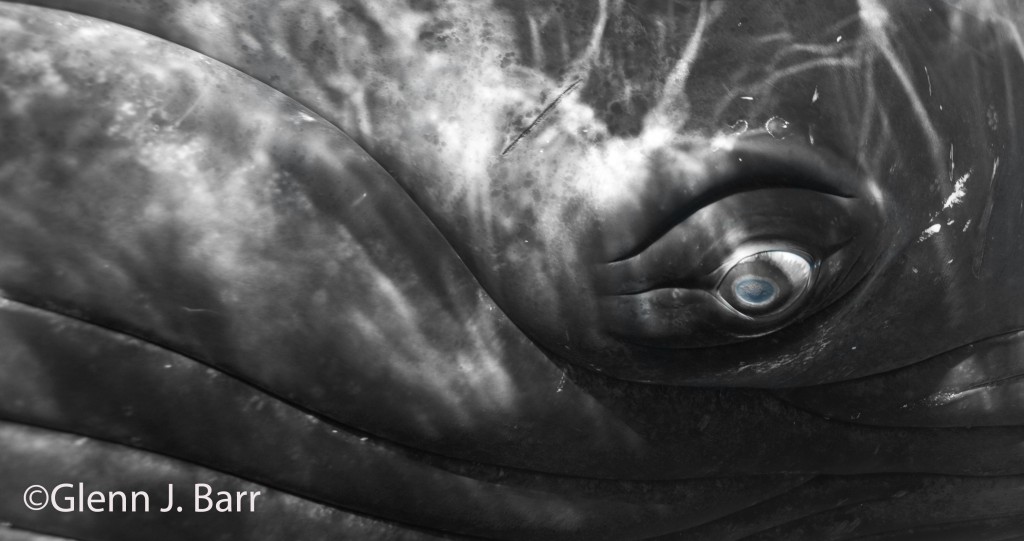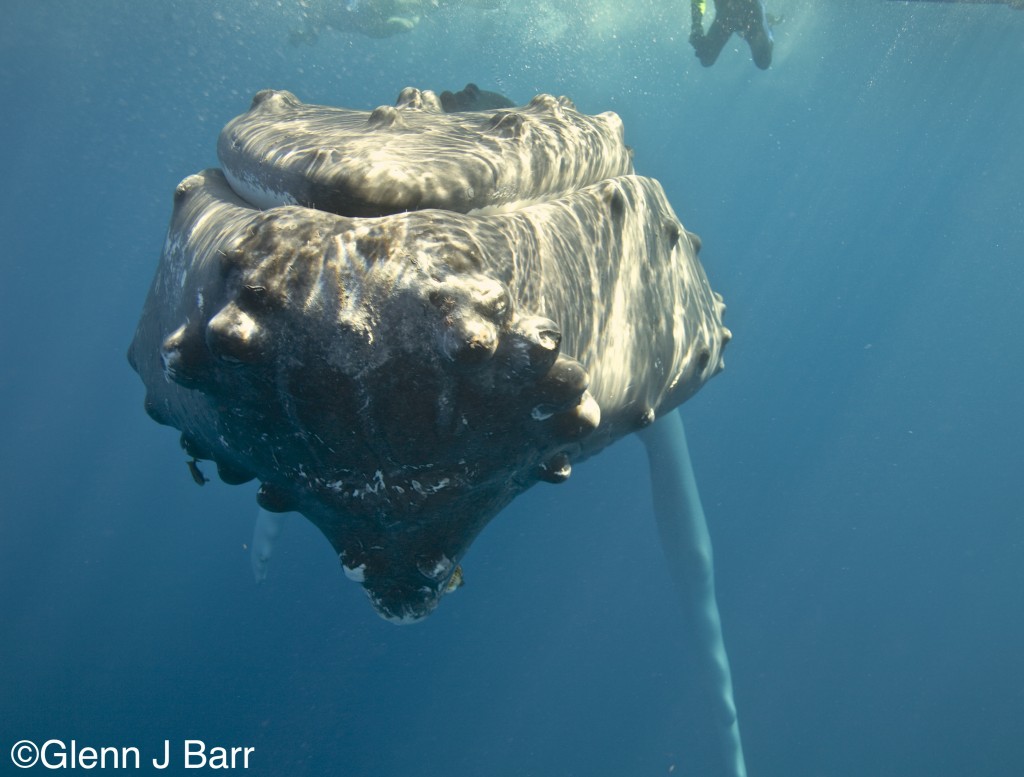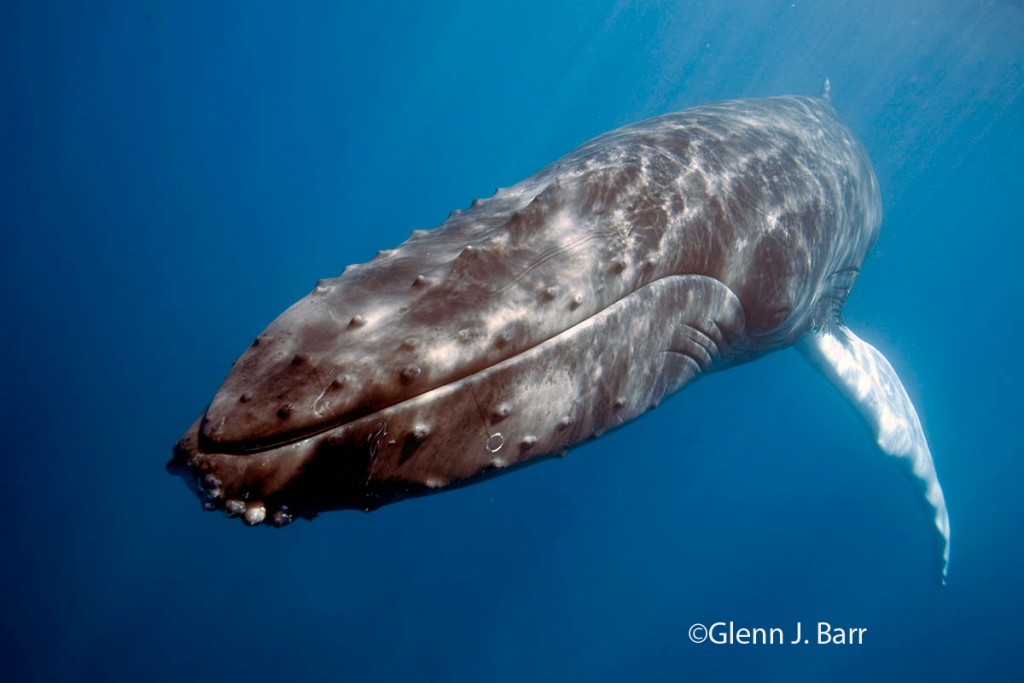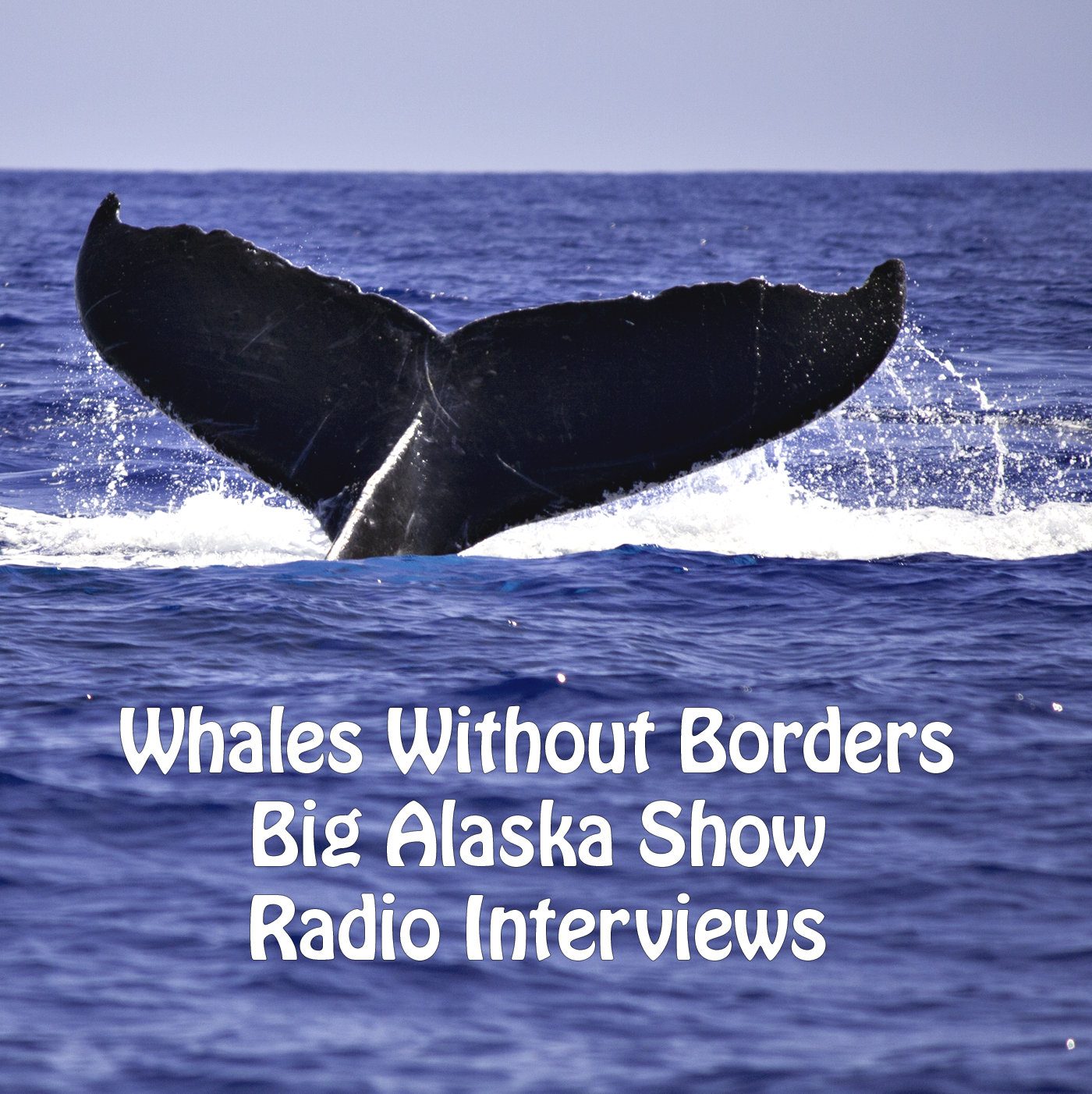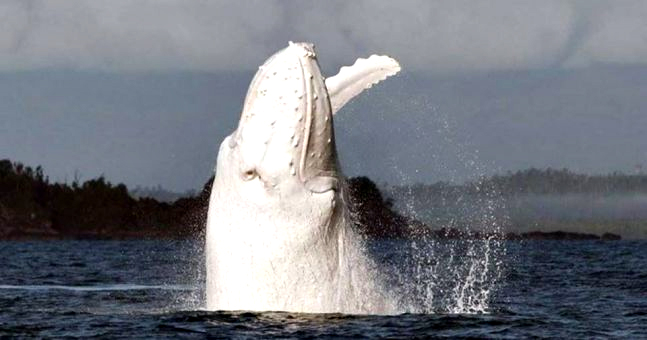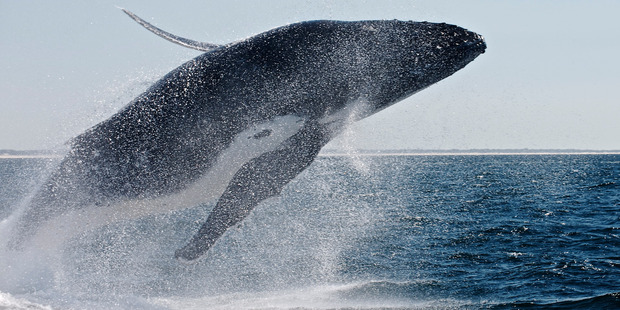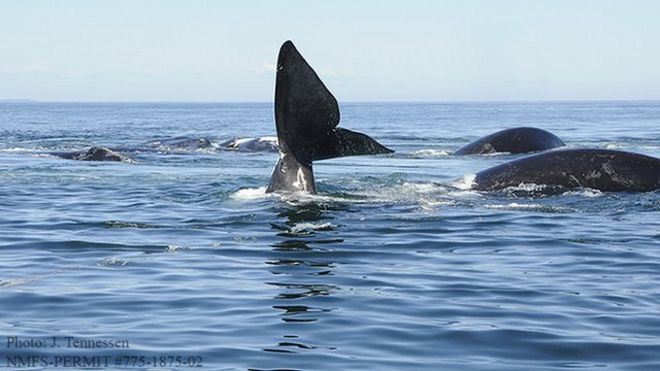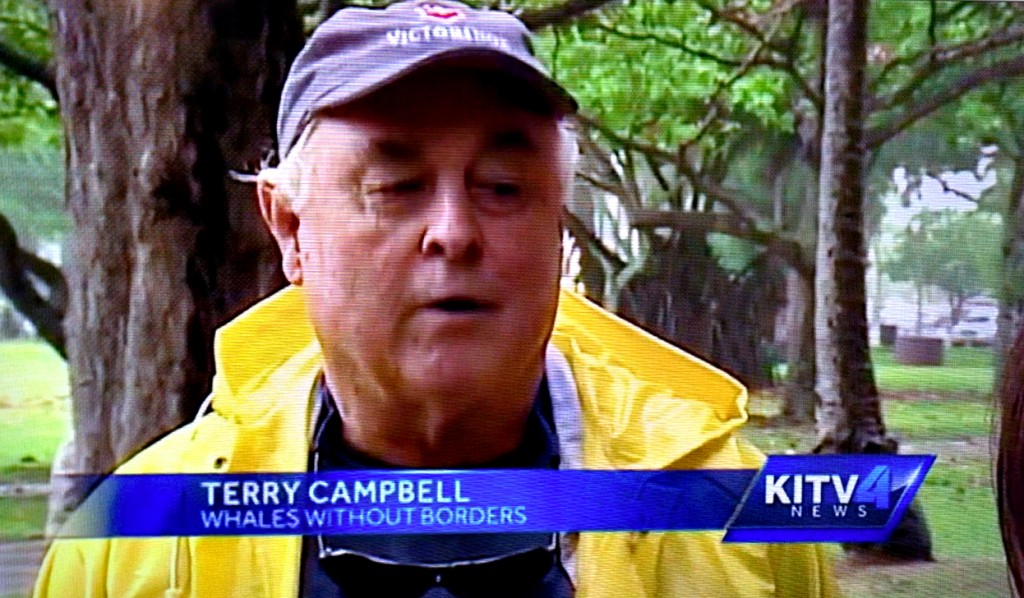Melon Headed whales are small members of the dolphin group and can reach a length of 9 feet, and weigh up to 460 pounds.
The NOAA reports that the whales often occur in groups of over 1,000 animals and are often found on the edge of, or behind, schools of Fraser???s dolphins.
NOAA reports that population estimates are around 2,950 in Hawaii and that the species is primarily found in deep waters where they feed on squid, fish and crustaceans.
For more info:
https://mauinow.com/2016/08/22/rare-look-at-melon-headed-whales-off-maui/

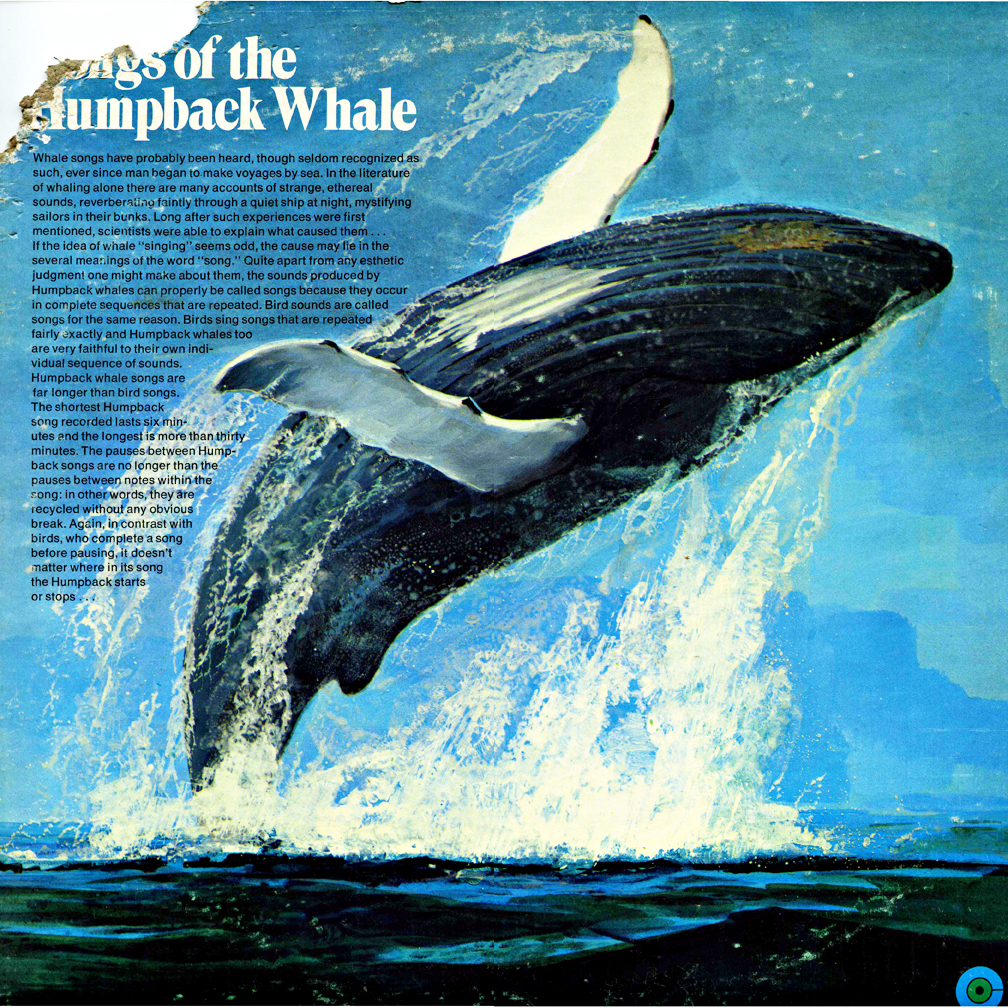
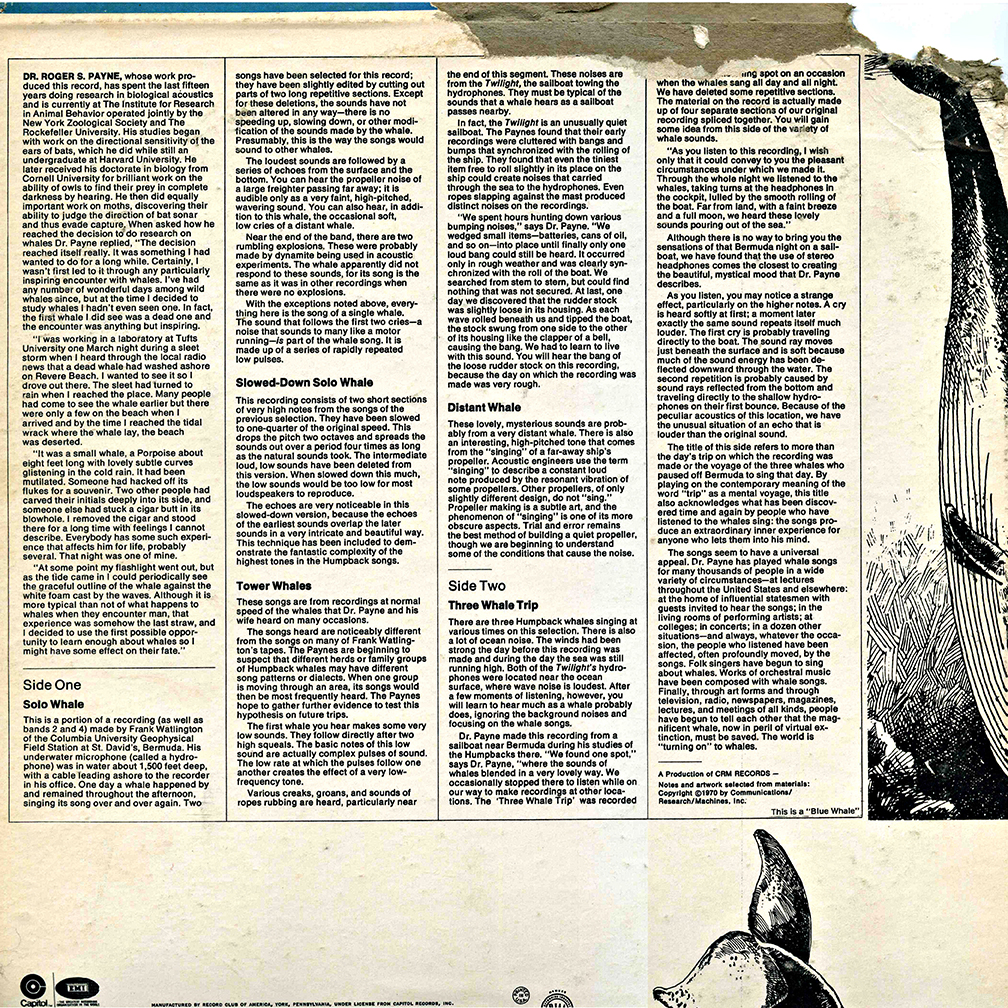
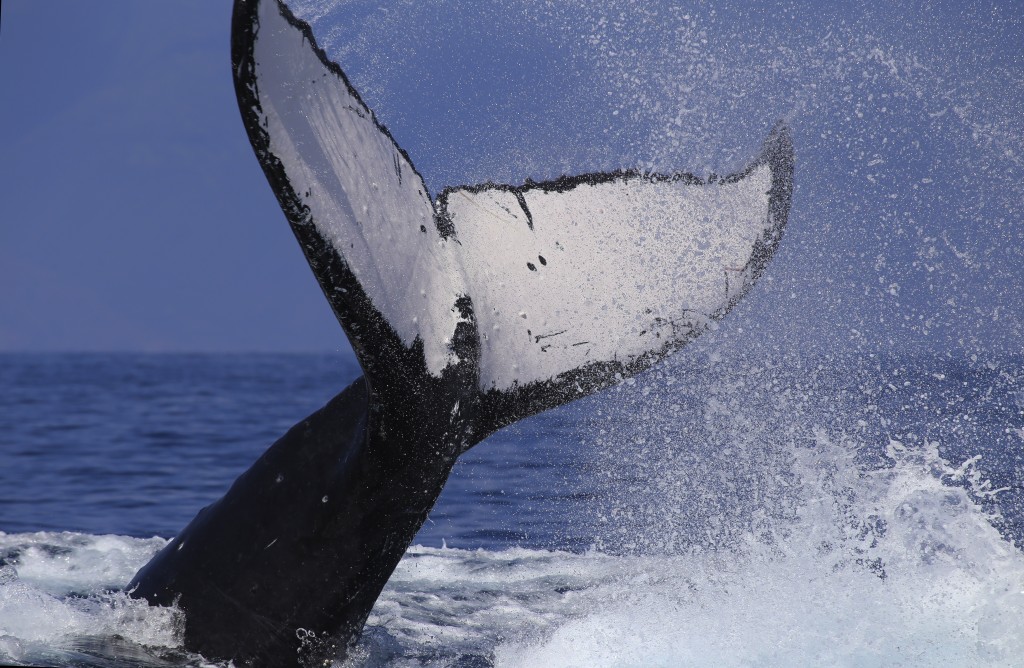 Discussion about what Humpback Whales are doing in the Pacific Ocean this spring. Steve Stripling and I chat on the Big Alaska Show about whale behaviors and migration from Hawaii, Mexico and Central America as they return to Alaskan waters to feed during the summer.
Discussion about what Humpback Whales are doing in the Pacific Ocean this spring. Steve Stripling and I chat on the Big Alaska Show about whale behaviors and migration from Hawaii, Mexico and Central America as they return to Alaskan waters to feed during the summer.